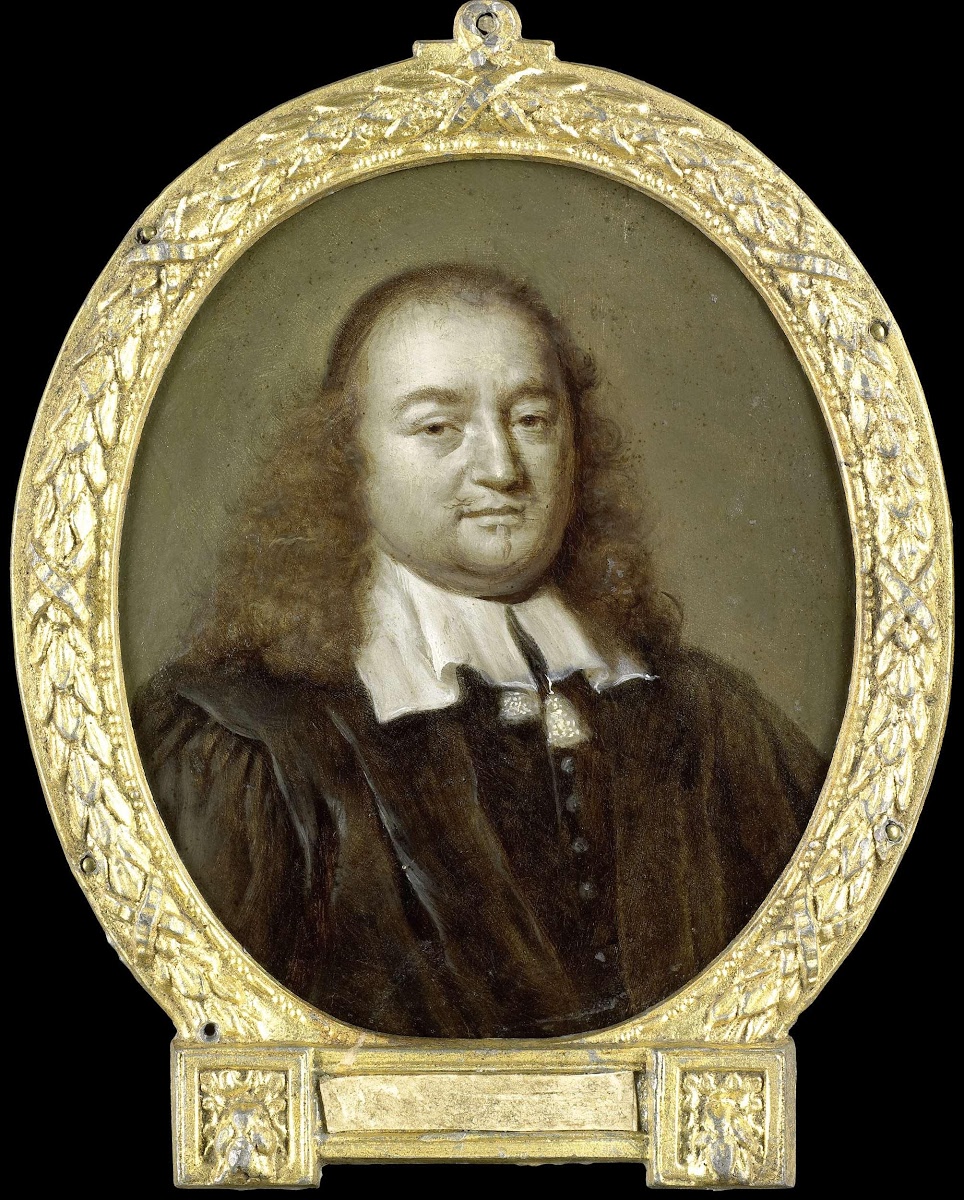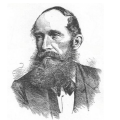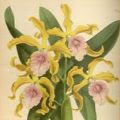Jan Frederik Gronovius
A Way With Words
Today is the anniversary of the death of the Dutch botanist Jan Frederik Gronovius who died on this day in 1762.
Gronovius's story is inextricably bound to the Virginia botanist John Clayton.
Clayton botanized Virginia. In the early 1700s, Clayton sent specimens to Gronovius both directly and indirectly through the English naturalist Mark Catesby.
Gronovius was a little in over his head as he attempted to make sense of the overwhelm ing amount of specimens from Clayton. So, he did what most of us would do. He asked for help - and he got it from Carl Linnaeus.
In a brazen move, Gronovius used Clayton's specimens and documentation to put together a Flora of Virginia in 1739. He published the work without notifying Clayton, and he certainly didn't see his permission before he started the endeavor.
Other than the Clayton situation, Gronovius is remembered for the many plants that he named.
After seeing the twinflower, it was Gronovius who suggested naming the plant after Linneus. Without Gronovius, Linnaeus probably wouldn't have a plant named for him during his lifetime - he was very modest about it. And, bless his heart, Gronovius was sensitive to Linnaeus's need to keep the honorary naming low key. So Gronovius wrote that,
"[The Twinflower was] "a plant of#Lapland, lowly, insignificant, disregarded, flowering but for a brief space - after Linnaeus who resembles it."
Thus, the Twinflower is the only plant named for the Father of Taxonomy and has the botanical name is Linnea Borealis.
Another plant that Gronovius named was the genus Gerbera which was named after the German botanist Traugott Gerber.
Finally, In 1739, It was Gronovius Who combined the words for water and jug - hydro and angeion. Put them together, and you get hydrangea (or water jug).
This post was featured onThe Daily Gardener podcast:
helping gardeners find their roots,
one story at a time






